
Relying on MRI images rather than PSA screening can reduce unnecessary biopsies and identification of clinically insignificant cancers.

Relying on MRI images rather than PSA screening can reduce unnecessary biopsies and identification of clinically insignificant cancers.

Using a deep convolutional neural network can improve providers’ ability to predict how patients with hepatocellular carcinoma will respond to Y90-RE treatment, enabling them to offer additional therapies, if necessary.

Case Western Reserve University biomedical engineer developed a contrast agent that could allow for non-invasive disease detection.

Investigators used a hypothetical cohort of men with prostate cancer to test the benefits associated with MRI imaging before biopsy in regard to age-based and risk-stratified screening.

USPSTF lung cancer screening recommendation update; Cancer screenings and COVID-19; and CT and unintentional weight loss.

Mammography "Sweet Spot" Recall Rate; MRI for Early-Stage Testicular Cancer Follow-Up; COVID-19 and Body Self-Attack; Plus, Global Radiology

Using MRI – rather than CT – for post-surgical monitoring can effectively detect cancer relapse without exposing men to unnecessary radiation.

Results show bi-parametric MRI not only shortens scan times and eliminates gadolinium exposure, but it also finds more clinically significant prostate cancers.

COVID-19 Vaccine-Related Adenopathies on Breast MRI; Baseline Mammography at 40; Cherenkov Imaging to Improve Radiation Therapy Improvement; and Sexual Harassment and Gender Discrimination in Radiology
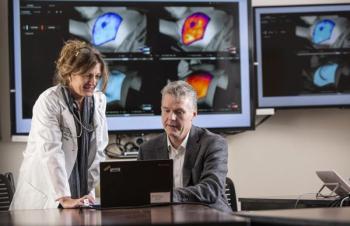
Cherenkov imaging uses special BeamSite cameras to capture radiation beam interaction with tissue, making radiation oncology treatments a visual process.

Clinical trial results show MRI as more accurate and less intrusive at diagnosis for men with a clinical suspicion of prostate cancer.

Men with intermediate-risk prostate cancer can be successfully treated with MRI-guided high-intensity focused ultrasound without experiencing incontinence or erectile dysfunction.
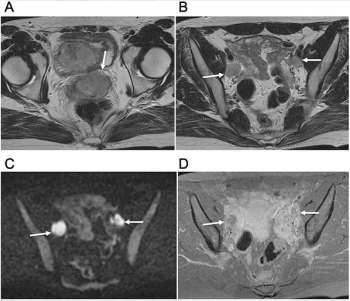
Prognosis for these patients is poor, but MRI can help providers reliably stage their disease.

Here's what to expect this week on Diagnostic Imaging.

Whole-body MRI was able to detect more lesions and identify more patients for earlier treatment.

Pairing MR-guided high intensity focused ultrasound with the standard-of-care, external beam radiotherapy, can offer faster pain relief to patients.

Using MRI-guided biopsy could help women avoid surgical resection to determine how well chemotherapy is working.

Here's what to expect this week on Diagnostic Imaging.
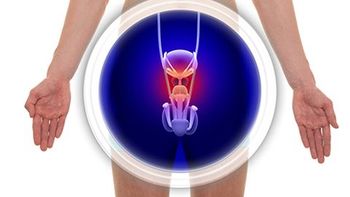
Using pre-operative MRI data, an AI algorithm can help predict recurrence better than existing models.

Suspicious lesions that develop during neoadjuvant therapy are uncommon, and they are highly unlikely to be malignant.

Pathological tumor size is frequently under-estimates the size of prostate tumors, particularly smaller tumors.
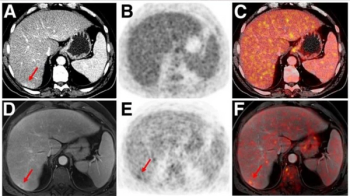
MRI reveals its wide utility this year, demonstrating improved performance in disease detection, as well as outperforming other modalities in providing clearer, more detailed images.

The tools incorporate a patient’s own clinical characteristics to identify which individuals with early-stage breast cancer will experience cancer spread and which will potentially have disease-free survival.
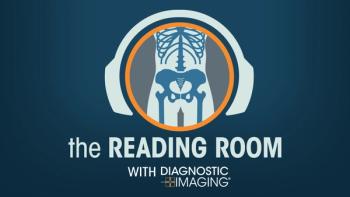
In this podcast episode, Dr. Shalom Kalnicki, from Montefiore and Albert Einstein College of Medicine, discusses the disparities minority patients face with cancer screenings and what can be done to increase access during the pandemic.

Here's what to expect this week on Diagnostic Imaging.